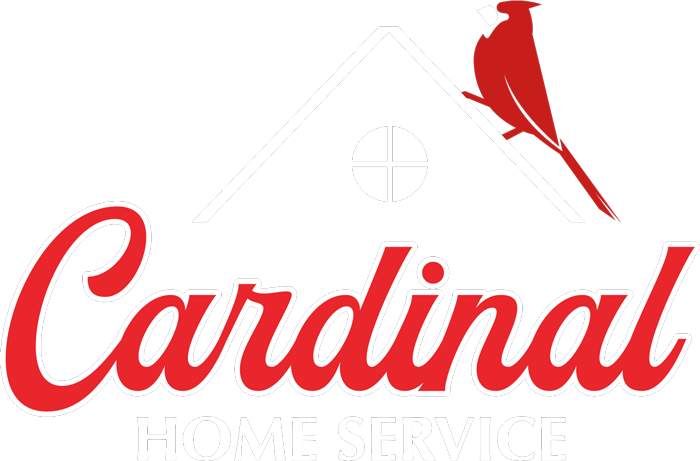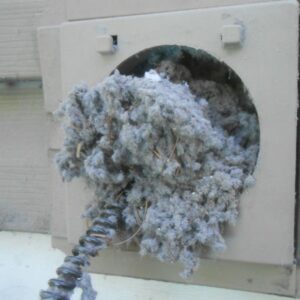Imagine this: You’re sitting in your living room, enjoying a quiet evening, when your eye catches a crack running along the wall. You think it’s no big deal—just a small imperfection—and go about your day. Weeks later, that tiny crack has grown, and now there’s a noticeable bulge. What seemed insignificant at first is now an eyesore—or worse, a sign of deeper problems.
Drywall damage is easy to overlook, but if left unaddressed, it can lead to bigger issues down the road. The good news? With a little knowledge and effort, you can spot and fix drywall damage before it gets worse. Here’s how.
Common Signs of Drywall Damage
Before you can fix drywall damage, you need to know what to look for. Our friends at Hole In The Wall have provided us with the most common signs:
1. Cracks
Cracks in drywall often appear near doors, windows, and ceilings. They can be caused by settling foundations, temperature fluctuations, or even improper installation. While hairline cracks may seem minor, they can grow over time if ignored.
2. Dents and Dings
Everyday life takes a toll on drywall. Moving furniture, accidental bumps, or playful pets can leave behind small dents and dings. While these may seem purely cosmetic, they can compromise the smooth finish of your walls.
3. Water Damage
Water stains, discoloration, or softened drywall are telltale signs of water damage. Leaky roofs, burst pipes, or even high humidity can lead to water infiltration. Left untreated, water-damaged drywall can harbor mold and weaken the wall structure.
4. Nail Pops
Nail pops occur when the heads of nails push through the drywall surface, leaving small circular cracks. This is often due to wood framing shrinking or shifting behind the drywall.
5. Sagging or Bulging
If a section of your wall or ceiling appears to sag or bulge, it’s a red flag. This could indicate underlying water damage, structural issues, or loose drywall panels.
Why It’s Important to Fix Drywall Damage Quickly
Ignoring drywall damage might seem tempting, but procrastination can lead to more serious problems:
- Increased Repair Costs: Small cracks or dents are easier and cheaper to fix than widespread damage.
- Structural Issues: Neglected water damage or large cracks can weaken the integrity of your walls.
- Aesthetic Decline: Visible damage detracts from the overall appearance of your home.
- Health Risks: Water-damaged drywall can lead to mold growth, which poses health risks to you and your family.
How to Fix Common Types of Drywall Damage
Fortunately, most drywall damage is fixable with the right tools and techniques. Here’s a step-by-step guide for common issues:
1. Fixing Cracks
- What You’ll Need: Utility knife, joint compound, drywall tape, putty knife, sanding block, and paint.
- Steps:
- Use a utility knife to widen the crack slightly. This allows the joint compound to adhere better.
- Apply drywall tape over the crack.
- Spread a thin layer of joint compound over the tape using a putty knife. Feather the edges for a smooth finish.
- Let it dry, then sand it smooth.
- Apply a second coat if needed, then prime and paint to match the surrounding wall.
2. Repairing Dents and Dings
- What You’ll Need: Spackle, putty knife, sanding block, and paint.
- Steps:
- Clean the area to remove dust and debris.
- Apply spackle to the dent using a putty knife, smoothing it out.
- Let it dry completely, then sand it smooth.
- Prime and paint as needed.
3. Addressing Water Damage
- What You’ll Need: Drywall saw, replacement drywall, joint compound, drywall tape, screws, putty knife, sanding block, and paint.
- Steps:
- Identify and fix the source of the water damage to prevent future issues.
- Cut out the damaged drywall using a drywall saw.
- Measure and cut a replacement piece of drywall to fit the hole.
- Secure the new piece with screws, ensuring it’s flush with the surrounding wall.
- Apply drywall tape over the seams, followed by joint compound.
- Sand smooth once dry, then prime and paint.
4. Dealing with Nail Pops
- What You’ll Need: Hammer, drywall screws, joint compound, putty knife, sanding block, and paint.
- Steps:
- Tap the nail back into place or remove it entirely.
- Drive a drywall screw slightly above or below the nail pop to secure the drywall.
- Cover the area with joint compound, smoothing it out.
- Let it dry, then sand smooth and paint.
5. Fixing Sagging or Bulging Drywall
- What You’ll Need: Drywall saw, replacement drywall, screws, joint compound, drywall tape, putty knife, sanding block, and paint.
- Steps:
- Determine the cause of the sagging or bulging (e.g., water damage, loose screws).
- Remove the affected section of the drywall.
- Secure or replace any underlying supports if needed.
- Install a new piece of drywall, tape the seams, and apply the joint compound.
- Sand smooth once dry, then prime and paint.
Preventing Future Drywall Damage
Once your drywall is repaired, take steps to prevent future issues:
- Control Humidity: Use a dehumidifier in moisture-prone areas like basements or bathrooms.
- Fix Leaks Promptly: To avoid water damage, address plumbing or roof leaks immediately.
- Handle Furniture Carefully: Use caution when moving furniture to avoid accidental dents or dings.
- Monitor Cracks: Keep an eye on existing cracks and repair them as soon as they appear.
A Proactive Approach to Home Maintenance
Drywall damage doesn’t have to become a major headache. By knowing what to look for and addressing problems early, you can keep your walls in excellent condition and avoid costly repairs down the road. Whether it’s a simple crack or more extensive water damage, taking action now will save you time, money, and stress in the long run.Next time you notice a crack, dent, or discoloration on your walls, don’t ignore it. A little effort today can prevent bigger problems tomorrow, keeping your home looking its best and functioning flawlessly.









